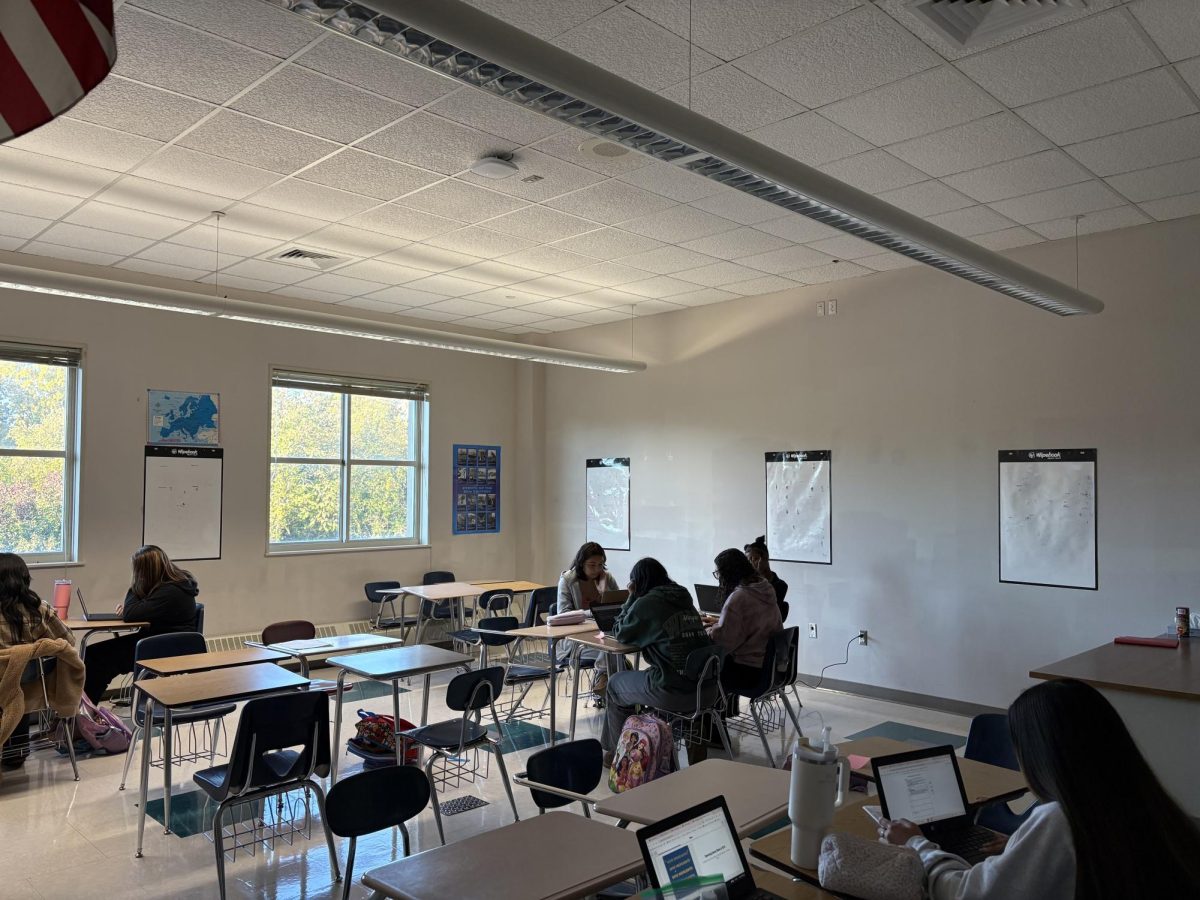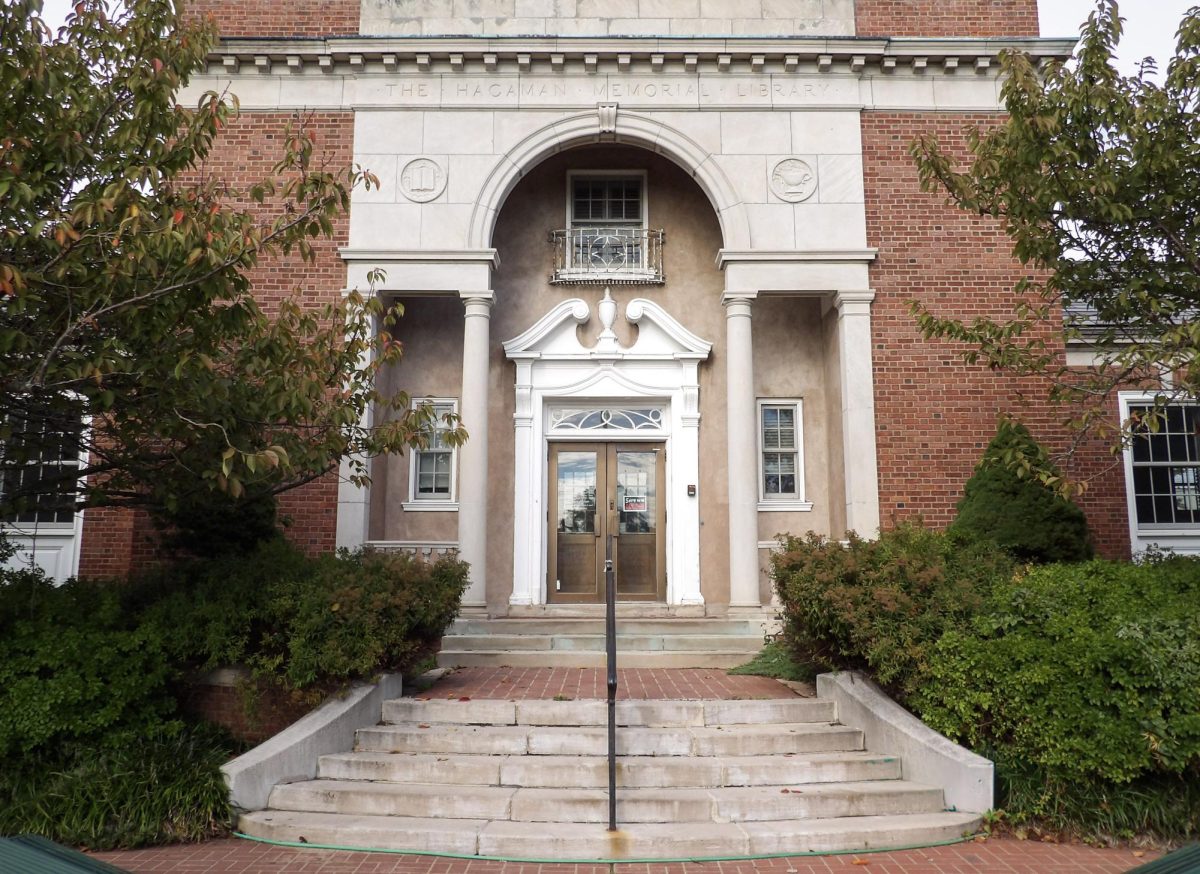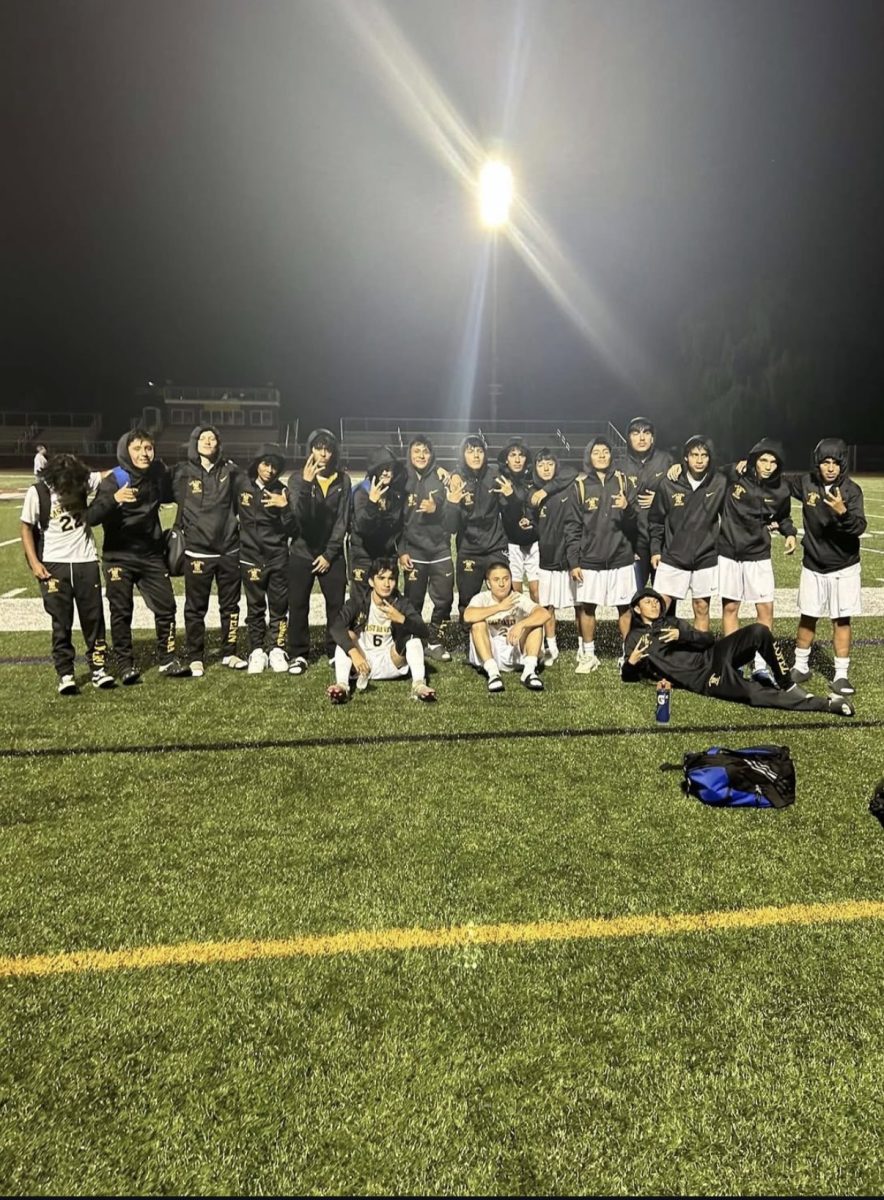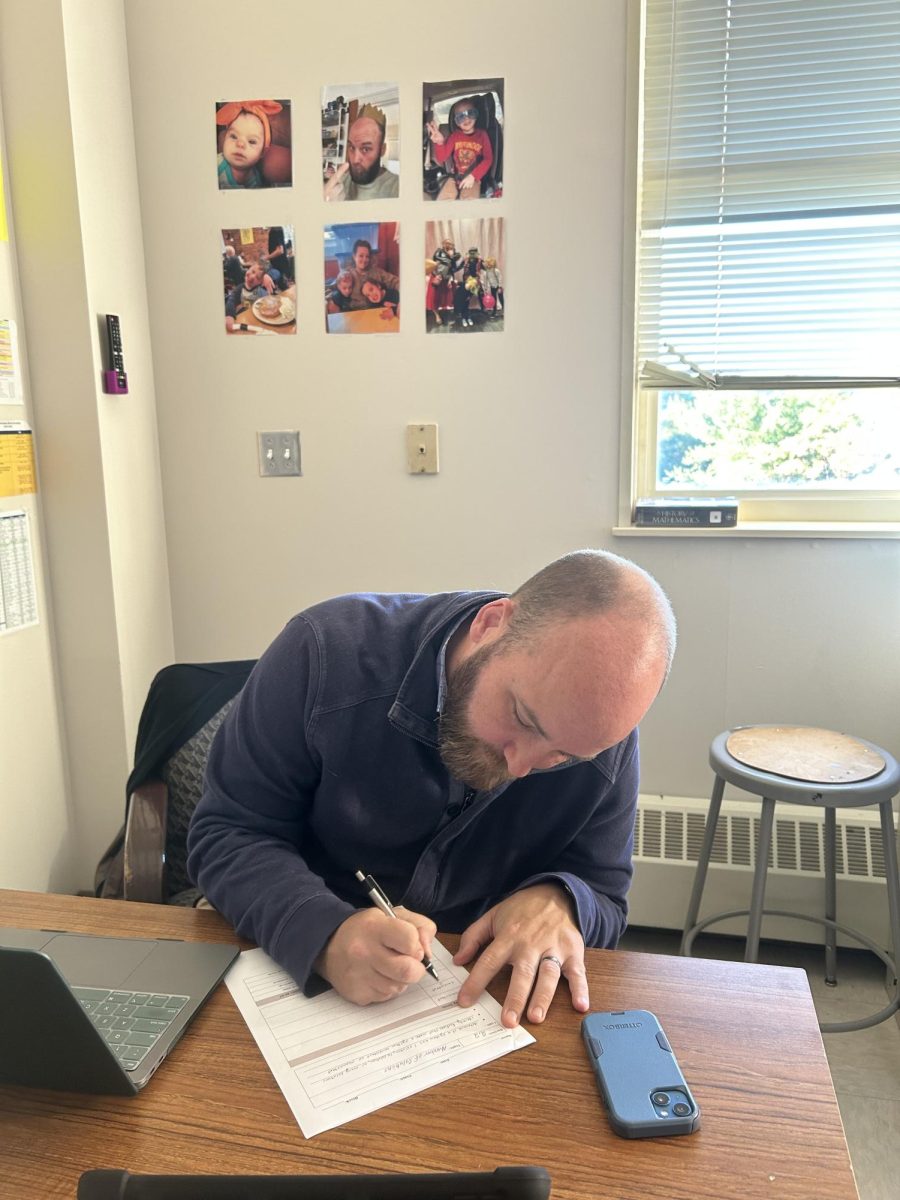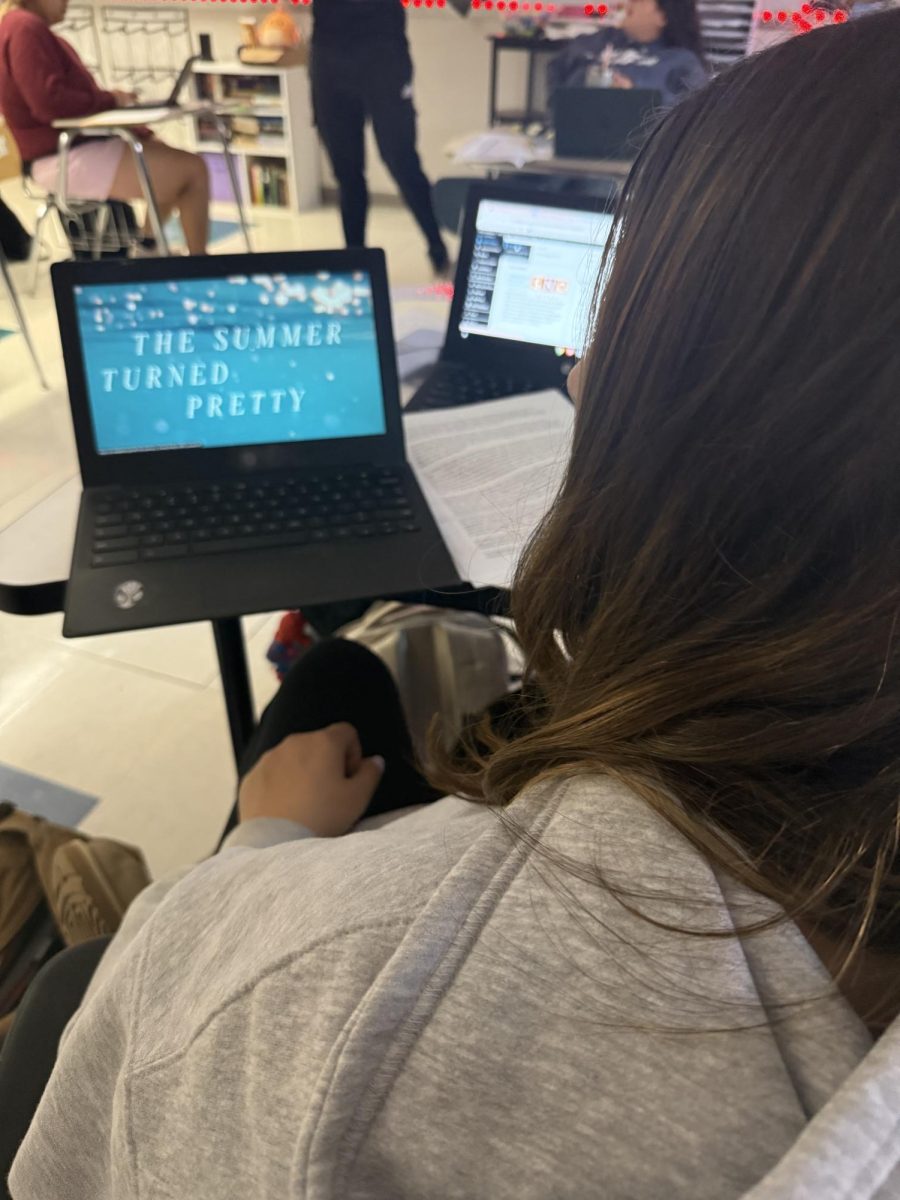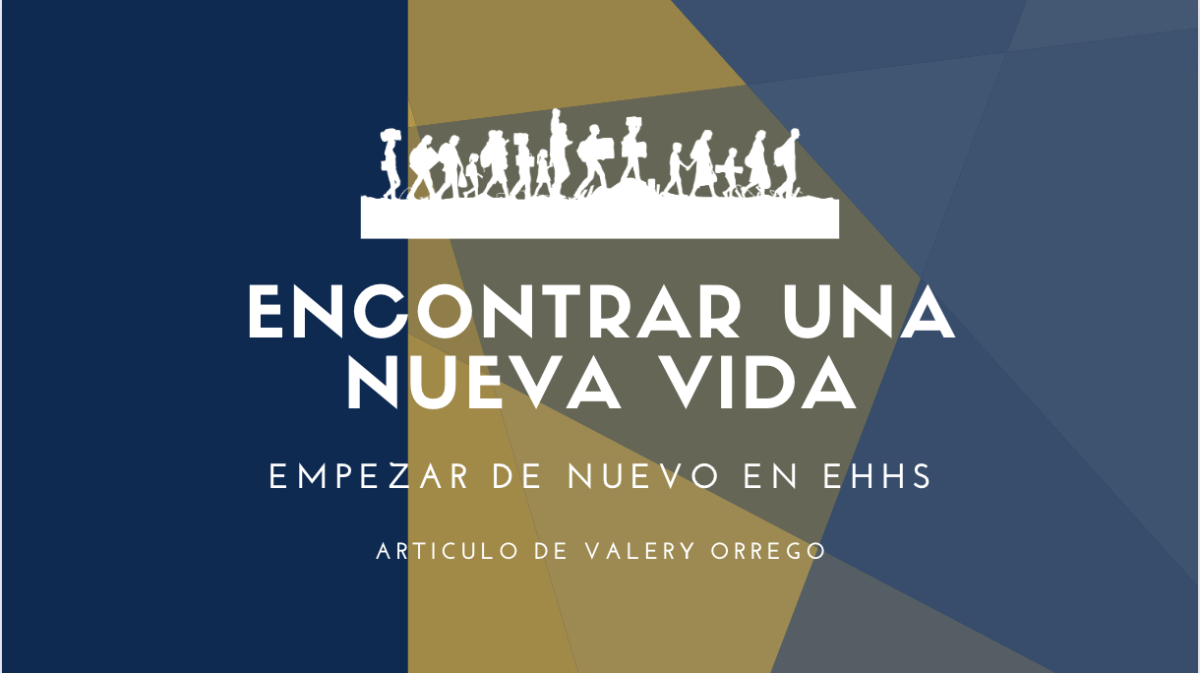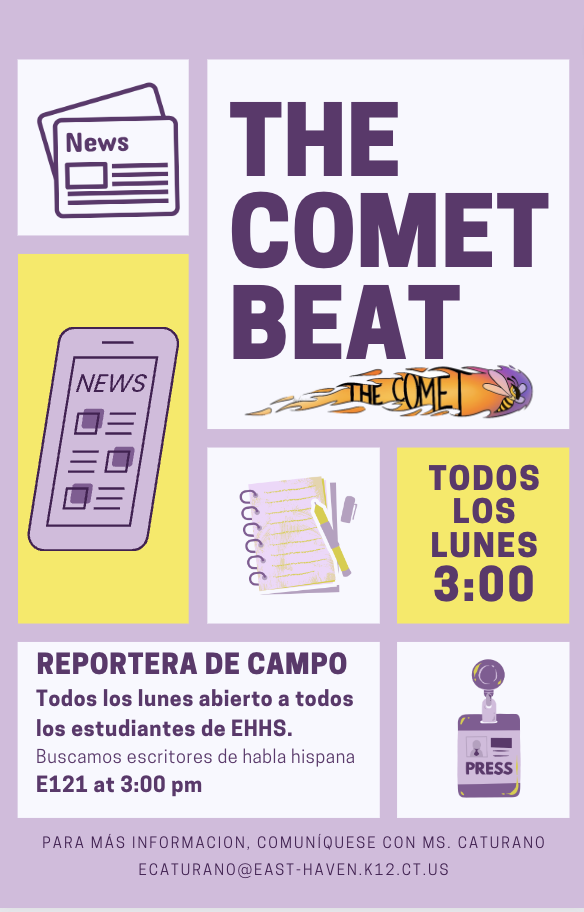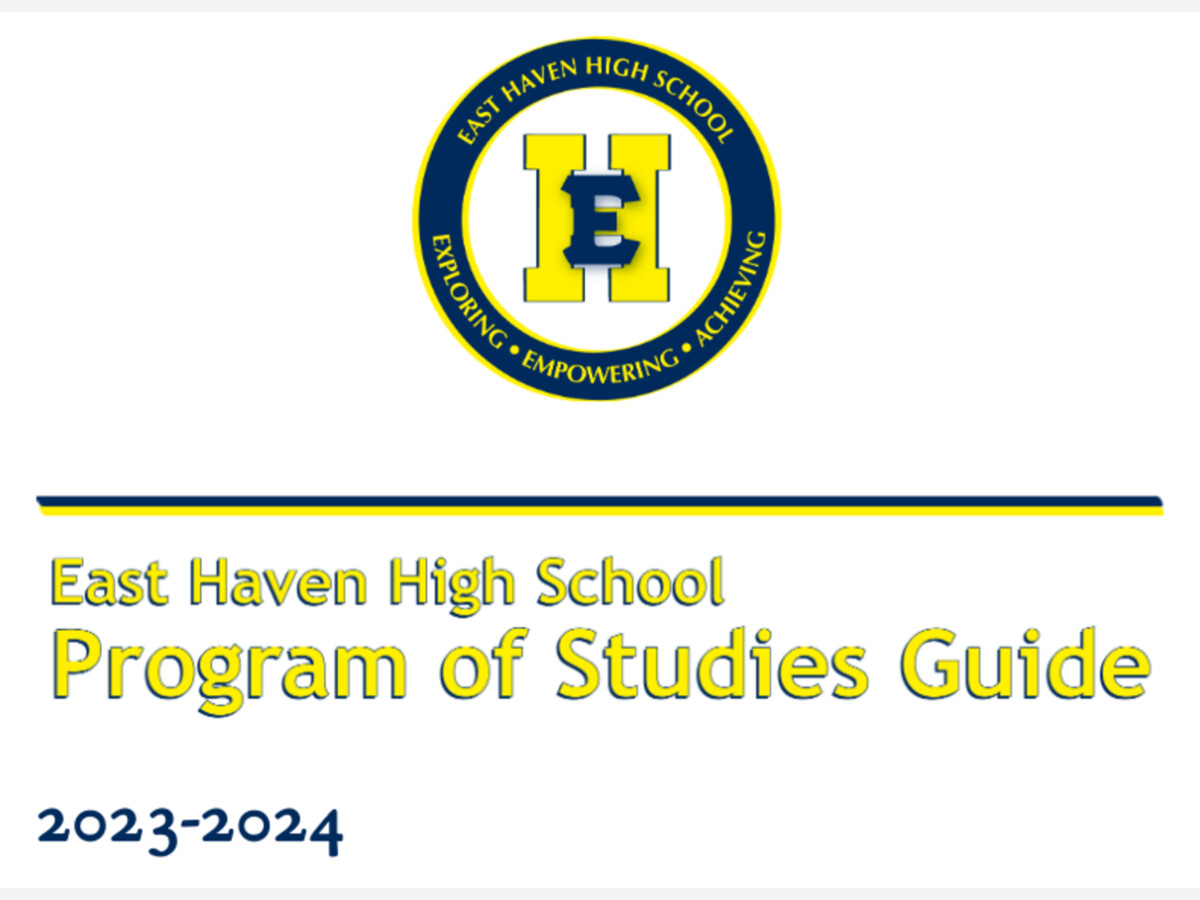As EHHS students embark on their course selection process through March, they need to consider how they will fulfill their capstone graduation requirements along with all other course requirements. The capstone at EHHS should not only be considered when choosing classes for a student’s senior year, but as early as freshman year.
The requirements to complete the capstone credit that is part of course and credit requirements for every student has developed quite a bit over recent years. Originally the only option for students was to complete a capstone project with help from a capstone teacher. This job was typically assigned to the school librarian unless a student needed a more focused approach. This has since changed and there is now the option to follow a capstone pathway by completing a series of courses.
There are pathways for each elective area which include: automotive, woodworking, manufacturing, ceramics, accounting and business marketing, music, art, video, culinary, CNA, and health science. An example of a pathway given by transition counselor Mrs. Vesneski is if a student takes and succeeds in Woodworking Technology I, II, and III then that will fulfill their capstone credit.
In order to get more information about each of the capstone pathways and the courses that they include, students’ can access the Program of Studies for the current year on the East Haven High School website under the “Course Selection” tab. It is also recommended by Mrs. Vesneski to talk to upperclassmen who have taken the courses as well as speak to the teachers directly to get more insight into what they teach, as well as, what they cover throughout the semester or year.
There is worry of students choosing capstone pathways because they are easy when instead they should choose one that has to do with what they plan for the future. It is also taken into consideration that some students are not very aware of the pathways and instead think they must complete the capstone project. The push for the option of pathways is present all over the state to instead encourage students to work towards the future in their benefit instead of just taking classes to fulfill their credits.


